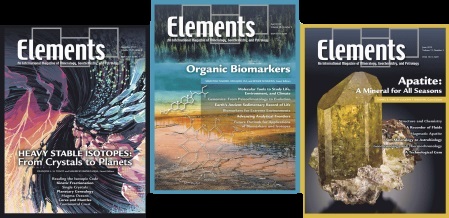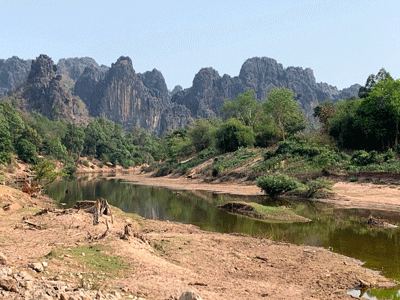Cave Decorating with Microbes: Geomicrobiology of Caves
Microorganisms are important for the formation and biogeochemistry of caves. Some caves are energy-rich systems with abundant organic or inorganic chemical energy inputs that support robust microbial ecosystems, but most are extremely oligotrophic settings with slow-growing microbial communities that rely on limited energy resources. Microorganisms are catalysts for element cycling in subterranean environments and act as agents of mineral precipitation and dissolution. Microbes can contribute to cave formation by producing acids and corroding limestone bedrock, and they can form secondary mineral deposits by catalyzing metal oxidation and inducing carbonate precipitation. We describe the energy sources for microbial life in caves, and we review three situations in which microorganisms may play a direct role in mineral deposition and bedrock corrosion.
Cave Decorating with Microbes: Geomicrobiology of Caves Read More »


